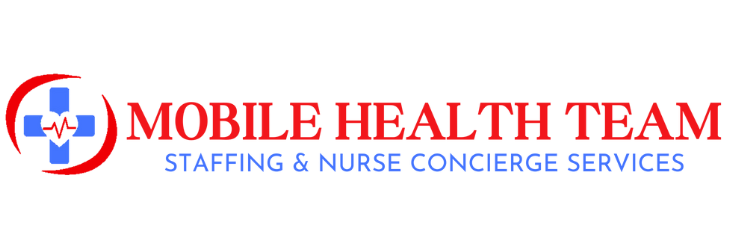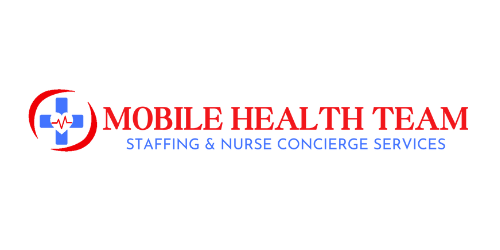Recruiting the right leadership is crucial for organizational growth and success. A strong leader can inspire teams, drive innovation, and enhance company culture. However, leadership hiring requires a strategic and proactive approach. Here are eight essential tips to help employers unlock success in leadership recruitment.
1. Define the Leadership Role Clearly
Before starting the hiring process, outline key responsibilities, expectations, and leadership qualities required for the role. A well-defined job description ensures alignment between the company’s needs and the candidate’s expertise.
✅ Identify technical skills, leadership style, and culture fit needed.
✅ Clarify short-term and long-term objectives for the position.
✅ Ensure alignment with organizational strategy and vision.
2. Look for Leadership Beyond the Resume
A strong resume doesn’t always indicate great leadership ability. It’s important to assess soft skills, adaptability, and problem-solving rather than just work history.
✅ Evaluate candidates’ decision-making skills and ability to handle crises.
✅ Look for emotional intelligence, communication, and team-building abilities.
✅ Use leadership case studies or real-world problem scenarios during interviews.
3. Utilize Executive Search and Networking
Top leaders aren’t always actively job-hunting. Traditional job postings might not reach the best candidates, so networking and headhunting play a crucial role.
✅ Leverage executive search firms for high-level recruitment.
✅ Use LinkedIn, industry events, and leadership forums to find top talent.
✅ Encourage referrals from trusted industry professionals.
4. Focus on Cultural Fit and Core Values
Great leaders align with a company’s mission, vision, and culture. Hiring a leader who doesn’t fit the organizational culture can lead to disruptions and turnover.
✅ Assess how candidates approach leadership within your company’s culture.
✅ Use behavioral interview questions to gauge personality and values.
✅ Ensure alignment with company ethics, work environment, and team dynamics.
5. Assess Leadership Potential, Not Just Experience
A candidate’s past successes don’t always guarantee future success. Instead of focusing solely on experience, look for growth potential and adaptability.
✅ Identify candidates who show resilience, learning agility, and strategic thinking.
✅ Look for individuals who have successfully transitioned into leadership roles.
✅ Conduct scenario-based interviews to assess problem-solving skills.
6. Offer Competitive Compensation and Growth Opportunities
High-level talent is in demand. To attract top leaders, businesses must offer competitive salaries, benefits, and long-term growth opportunities.
✅ Provide a strong compensation package including performance incentives.
✅ Highlight career development opportunities within the organization.
✅ Showcase your company’s vision and how the leader can make an impact.
7. Speed Up the Hiring Process Without Rushing It
A slow hiring process can cause you to lose top talent to competitors. However, rushing the decision can lead to hiring the wrong candidate.
✅ Streamline the recruitment process with efficient assessments and interviews.
✅ Set clear timelines to avoid unnecessary delays.
✅ Keep consistent communication with candidates to maintain engagement.
8. Ensure a Strong Onboarding and Integration Process
Recruitment success doesn’t end at hiring—effective onboarding ensures long-term success. Leaders need time to understand company culture, build relationships, and establish their leadership style.
✅ Develop a structured onboarding plan for leadership hires.
✅ Assign mentors or executive coaches for smoother integration.
✅ Set short-term and long-term expectations while allowing room for transition.
Final Thoughts
Successful leadership recruitment requires a mix of strategy, cultural alignment, and long-term vision. By implementing these eight key strategies, companies can attract, hire, and retain exceptional leaders who drive business growth and success.



